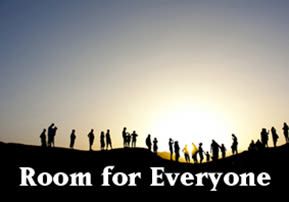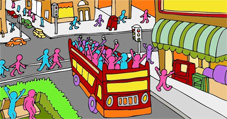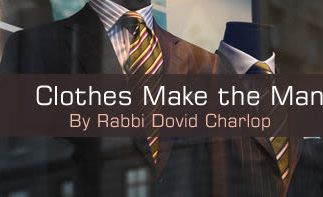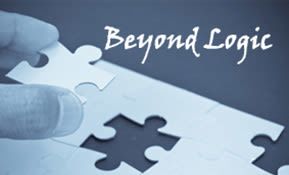
Vayakhel: Room for Everyone
The Sanctuary was a spiritual edifice in a physical world that defied the laws of physicality. It was a world of truth and a taste of the world-to-come.

The Torah portion says (36:7): “The work required for the Sanctuary was sufficient and there was extra.” The holy commentator Ohr Hachayim (1696-1743) points out the following difficulty. The simple reading of the verse seems to indicate that the work was “sufficient”, that is, whatever they needed was done according to Moses’ instructions, no more and no less. Yet, the verse adds that there was work performed in excess of the prescribed requirements. How can the verse state there was enough and there was extra at the same time? This surely seems like a contradiction.
The Ohr Hachayim explains that there was a miracle performed for the Jewish people. When they were asked to donate to the Tabernacle, they responded with great enthusiasm. The outcome of this excitement was an excess of donations. However, since their desire to contribute was so pure, Hashem performed a miracle and included every gift given. By performing a miracle, Hashem “fit in” all of the materials donated to the structure  of the Sanctuary. So even though there was “extra”, in fact, the donations and work ended up being just what was needed.
of the Sanctuary. So even though there was “extra”, in fact, the donations and work ended up being just what was needed.
This miracle shows the care and concern Hashem has for the Jewish people. In order that no one should feel left out, He miraculously incorporated all the gifts even though they were in excess. On a basic level, we can learn two lessons. One is Hashem’s love for the efforts of every Jew and his labor however insignificant it may seem. Two is that when dealing with others we should attempt to emulate the Creator and try to incorporate any and all work done on behalf of the community.
I would like to suggest that there is a deeper idea reflected in this miracle. We’ll need to take a tangent to understand this concept.
Did you ever ask yourself: Who are you? Are you your our toes? Your hair? Your DNA? Many of us are aware of the Jewish concept of the body and the soul. (This, of course, is not a uniquely Jewish idea but we’ll try to discuss a certain aspect of this topic from a Torah perspective.) Although we sometimes relate to ourselves as our bodies (I’m hungry, I’m tired, etc.), that’s not our essence. If you ask the body what’s life all about, it probably will respond “eat, drink, and be merry, for tomorrow we die”. But if you ask the soul it will more likely reflect the higher priorities of what we know is the essence of being human. The soul knows that this world is all about being caring, loving, and connecting to Hashem, in general, to be the most spiritually, intellectually, and emotionally developed person possible.
In this world, the body has a strong say how we perceive ourselves. Not only do we like to “eat, drink, and be merry”, but we sometimes think that’s what life’s about. But the soul knows better. However in this world, the soul’s truths aren’t readily apparent. The Jewish concept of the afterlife is that we will be stripped of the “outer” I and will be left with the “inner” I. The body and soul are separated and we come in contact with our essence, our soul. And as much as we have developed ourselves spiritually, that’s how much we will enjoy a world of where truth is the main commodity.
The Sanctuary was a spiritual edifice in a physical world even though it defied the laws of physicality. It was a world of truth and a taste of the world-to-come. It was a place for the soul to feel “at home” and it defied the laws of nature.
Returning to our discussion, on a physical level the excess gifts that were offered couldn’t have been “squeezed” into the prescribed amount needed. But since the Sanctuary was an expression of our deepest desires and aspirations, a supernatural world dedicated to make a dwelling place for Hashem, all of the gifts “fit it”.
The rebuilding of the Temple, we so anxiously wait for, will be based on our internal yearning. The more we develop and express our essence, our souls, the closer we will be to the reality of that unique edifice. Of course, we are waiting for the physical building of the Temple, but the desire for its construction is for an edifice that incorporates a world of truth, the truth of our essence, of our souls. It is a world above this world and within this world. It is a world where everything “extra”, all of the good intentions and efforts which don’t usually find expression, will come to fruition. There we will see the beauty of the deepest hopes of the Jewish people for thousands of years taking form. It will be a world where Heaven kisses Earth. May we witness its building very soon.
* * *
Rabbi Dovid Charlop is on the teaching staff of the Neve Tzion Yeshiva in Telzstone, Israel.










Tell us what you think!
Thank you for your comment!
It will be published after approval by the Editor.